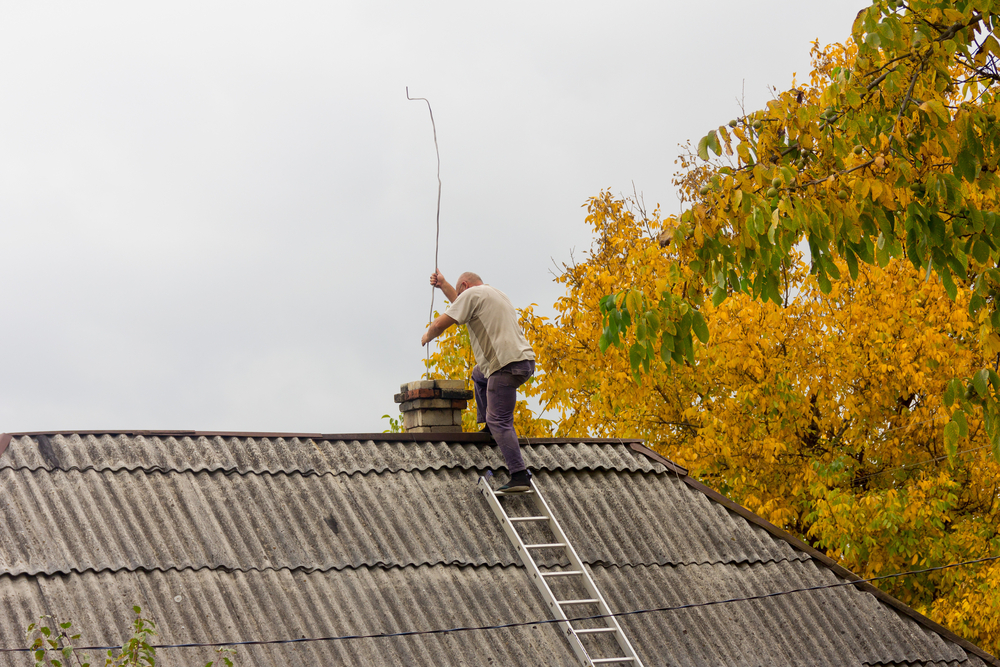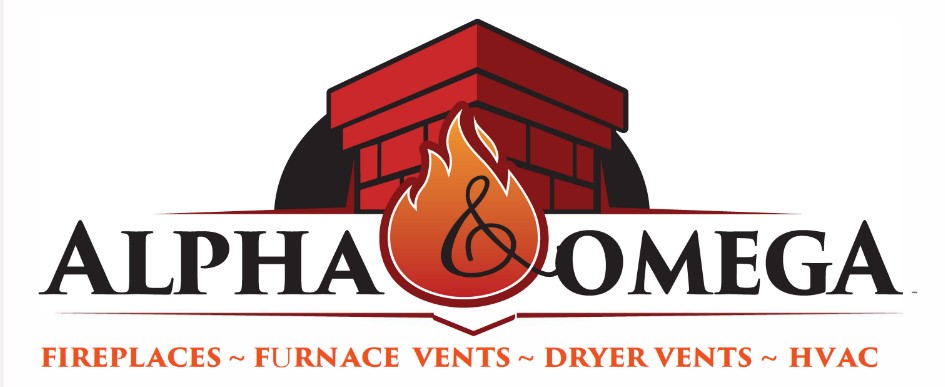
How Does The Chimney Flue Work In The Chimney?
When you think about a cozy evening by the fireplace, the crackling wood and the soft glow of the flames may come to mind. However, what ensures that the warmth stays indoors while the smoke and harmful gases are safely expelled? The unsung hero in this equation is the chimney flue. Understanding how a chimney flue works can help homeowners maintain their chimney systems efficiently and safely.
The Role of the Chimney Flue
The chimney flue is the inner lining of the chimney, playing a vital role in the operation of your fireplace, wood stove, or other fuel-burning appliances. Its primary purpose is to guide smoke, gases, and other byproducts of combustion out of your home. It ensures that these elements don’t seep into your living spaces, safeguarding both your health and comfort.
In addition, a well-maintained chimney flue enhances the efficiency of your heating system. By providing a controlled pathway for exhaust, it minimizes the risk of downdrafts and improves the draft, or airflow, in the chimney.
How the Chimney Flue Works
Structure and Design of a Chimney Flue
The flue is typically made of materials like clay tiles, stainless steel, or other durable substances designed to withstand high temperatures and corrosive byproducts. Its smooth surface aids in the efficient movement of smoke and gases, reducing the risk of buildup and blockages.
In traditional brick chimneys, clay tile liners are the most common flue type. In modern installations, stainless steel flue liners are often used due to their durability and ease of maintenance. Whether old or new, a properly functioning flue is essential for the safety and performance of any chimney system.
The Science of Draft
To understand how a chimney flue works, it’s essential to grasp the concept of draft. Draft refers to the movement of air through the chimney, created by the difference in temperature between the hot air inside the chimney and the cooler air outside. This temperature difference causes hot air to rise, pulling smoke and gases upward and out of the chimney.
A well-maintained chimney flue facilitates this process by offering a clear, smooth path for air to move freely. Any obstruction or damage to the flue can disrupt the draft, leading to issues like smoke backflow or inefficient combustion.
Key Functions of the Chimney Flue
1. Ventilation of Byproducts
The combustion of wood, gas, or other fuels produces smoke, water vapor, carbon monoxide, and creosote—a flammable substance that can accumulate on the walls of the flue. The flue ensures these byproducts are expelled from your home quickly and safely.
2. Preventing Heat Transfer
The chimney flue is the inner lining that acts as a protective barrier, preventing excessive heat from escaping the chimney and coming into contact with the surrounding structure. This reduces the risk of fire and damage to your home’s walls and roof.
3. Enhancing Appliance Efficiency
By maintaining a consistent and unobstructed airflow, the flue helps fuel-burning appliances operate at peak efficiency. A clogged or damaged flue can cause inefficient burning, wasting fuel and reducing the heat output of your system.
Common Issues with Chimney Flues
Creosote Buildup
One of the most significant hazards to a chimney flue is creosote, a sticky, tar-like substance that accumulates from burning wood. If not cleaned regularly, creosote can ignite, causing dangerous chimney fires.
Cracks and Damage
Over time, the flue’s lining can develop cracks due to thermal stress, moisture, or age. A damaged flue compromises the safety and efficiency of the chimney, allowing harmful gases to seep into your home or increasing the risk of fire.
Blockages
Debris such as leaves, twigs, or animal nests can obstruct the flue, impeding airflow and causing smoke to back up into your living space. A well-maintained chimney flue is critical to preventing such issues.
Corrosion
In metal flues, prolonged exposure to moisture and acidic byproducts can lead to rust and corrosion. Regular inspections can catch these problems early, preventing costly repairs.
Maintaining Your Chimney Flue
To ensure the chimney flue works effectively, regular maintenance is essential. Here are some tips for keeping your flue in top condition:
Schedule Annual Inspections
Professional chimney inspections can identify early signs of damage, creosote buildup, or other issues. An expert will use specialized tools and techniques to assess the condition of your flue and recommend necessary repairs or cleaning.
Clean Your Chimney Regularly
Chimney sweeping removes creosote, soot, and debris, ensuring that your flue remains clear and functional. The frequency of cleaning depends on how often you use your fireplace, but an annual cleaning is recommended for most homes.
Install a Chimney Cap
A chimney cap prevents rain, snow, and debris from entering your chimney, reducing the risk of blockages and water damage. It also keeps birds and small animals from nesting inside the flue.
Repair Damage Promptly
If your flue develops cracks, gaps, or other damage, address these issues immediately. Repairs may involve relining the flue or replacing damaged sections to restore its integrity.
Modern Innovations in Chimney Flues
In recent years, advancements in chimney technology have improved the efficiency and safety of flues. For example, flexible stainless steel liners can be used to reline older chimneys, providing a cost-effective solution for repairs. Additionally, smart chimney systems are now available, allowing homeowners to monitor the performance of their flue and detect issues remotely.
Benefits of a Well-Maintained Chimney Flue
A well-maintained chimney flue offers several advantages for homeowners:
- Safety: Reduces the risk of chimney fires and exposure to harmful gases like carbon monoxide.
- Efficiency: Ensures optimal performance of fireplaces and heating appliances.
- Durability: Extends the lifespan of the chimney system by preventing damage and wear.
- Cost Savings: Prevents costly repairs by addressing minor issues early.
Conclusion
The chimney flue is the backbone of any chimney system, ensuring the safe and efficient operation of your fireplace or heating appliance. By understanding how the chimney flue is the inner lining that directs smoke and gases out of your home, you can appreciate its importance and take steps to maintain it properly.
Regular inspections, cleaning, and prompt repairs are essential to keeping your flue in excellent condition. A well-maintained chimney flue not only enhances the comfort and safety of your home but also protects your investment for years to come. Take the time to care for this vital component, and you’ll enjoy the warmth and ambiance of your fireplace with peace of mind.
Need Fireplace Services in Your Area?
Here at Alpha & Omega Services, we take pride in providing top-quality fireplace solutions with over 25 years of experience. Whether you’re looking to upgrade your existing hearth or install a new system, our team of licensed Michigan mechanical contractors is here to help. From installation and repairs to chimney inspections and maintenance, we’ve got you covered. Let us bring warmth and elegance to your home with our expert fireplace and masonry services. Contact us today to schedule your next service—your fireplace deserves the best, and we’re here to deliver!
Categorised in: Chimney Maintenance
